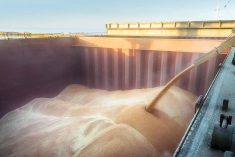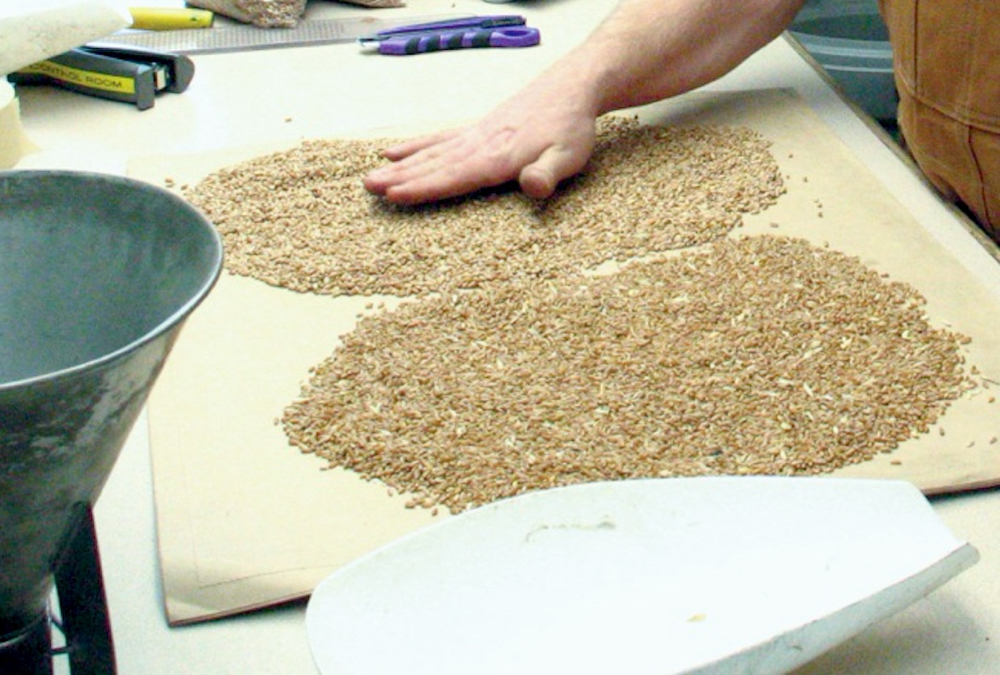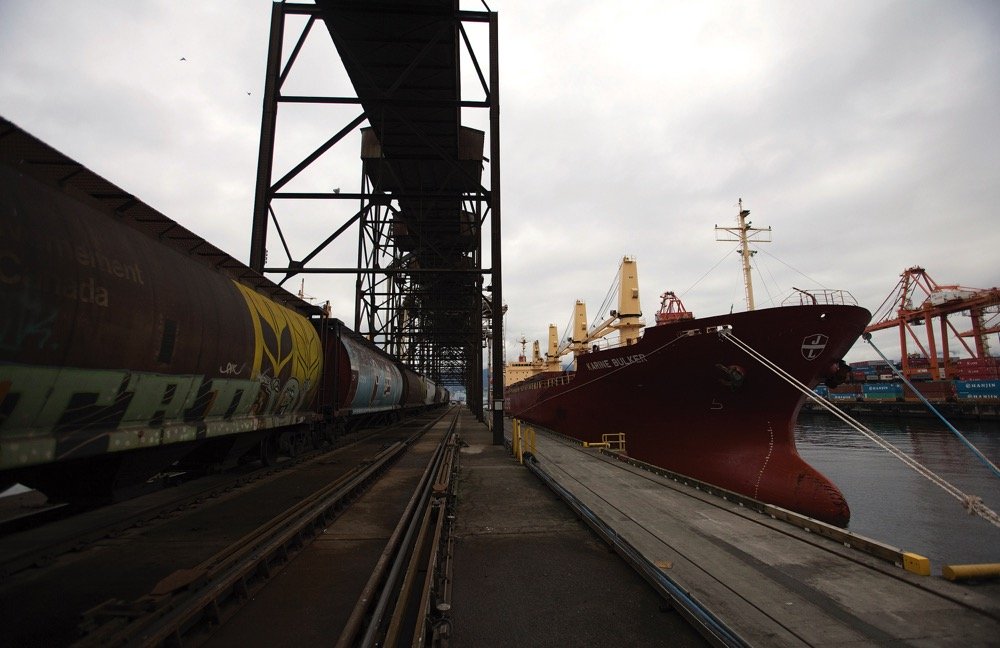The great thing about writing these articles is I get to learn along with readers. I get to answer questions and address timely topics that hopefully allow farm business owners to think differently about markets and dig deeper into common practices and beliefs or simply question conventional wisdom and anecdotal evidence.
So, given the attention of our wet, cold and snowy Prairie weather lately, you have to wonder: Does a delayed or late canola harvest really have an impact on prices?
Along with that you also have to ask yourself what day-to-day implications it has for pricing and hedging considerations.
Read Also

Canadian canola prices hinge on rain forecast
Canola markets took a good hit during the week ending July 11, 2025, on the thought that the Canadian crop will yield well despite dry weather.
This time of year harvest certainly affects supply but it’s important to step back and think about the situation before getting too excited about where prices might go.
Provincial crop reports are a good source to put numbers on harvest progress. This year, they have been in focus given the weather delays but with such a large canola-growing area, a good or great harvest in some areas can offset bad or terrible conditions elsewhere. So there really would have to be poor conditions across a wide enough area of the canola-growing region to have an impact on price.
The harvest of 2016-17 had similar weather conditions and delayed harvest. In the fall of 2016, only 74 per cent of canola was harvested by the end of the first week of October, according to provincial crop progress reports. Canola was up 20 per cent from the end of September to the end of November; soybeans were up 11 per cent during that time as well. Canola then moved sideways for the next six months.
So far this year, as of the first week of October, only about 53 per cent of canola has been harvested across the Prairies compared to the five-year average of 76 per cent. And canola hasn’t done much yet, despite these delays and wet, cold, snowy weather. November futures are up about $10 to $15 per tonne from the recent low in the middle of September, not a big move by any measure.
Many people were expecting a price rally as a result of the weather this year but it hasn’t materialized so far. With canola prices drifting lower since the beginning of June, I’m not surprised this downtrend chart pattern continues.
John DePape of FARMCo also has some insight into why the canola market is acting the way it is. He says, “when it comes to price actions, bad weather in the fall is not the same thing as bad weather in summer. Bad weather in summer can reduce crop size dramatically and have the expected effect on price. It’s that whole supply/demand thing — supply is expected or projected to go down but demand is the same so price must go up. However, bad weather in the fall really is different. Remember 2016-17? Harvest was delayed in northern Alberta (and elsewhere) due to wet weather. A lot of crop was harvested in the spring of 2017 but in the grand scheme of things, not much quantity was lost; we still put close to 20 mmt into the market that year. And it was relatively orderly. Even though harvest in parts of the Prairies was seriously hampered in 2016, deliveries kept flowing Prairie-wide. The pipeline didn’t suffer as badly as you might think.”
He goes on to say that “this year, with deliveries coming in slower than buyers would like, you might expect some price movement — like a bump in basis. But that really hasn’t happened — and for good reason. Buyers have already bought what they need for the next few weeks — if not months. They aren’t about to bid up for new sales and deliveries when they already have oodles on the books (that aren’t being delivered). So what’s ahead? If canola can’t be harvested and delivered as needed, there isn’t much use in chasing it with higher basis levels — at least in the short term. And longer delays just mean more canola to move later; no need to raise basis then either.”
The recent numbers, according to the Canadian Grain Commission, seem to support this notion as well. September deliveries this year may be less than some years, but they are not too far below the average of the past 10 years. In fact, deliveries increased in the first week of October to 584,000 tonnes compared to 482,000 the week before.
Bottom line, like most things in the market, it’s the extremes that affect prices. While some years might be very wet or very dry, very hot or very cold and either delaying or advancing the harvest schedule, it’s the extreme conditions that work their way in to prices.
So many other global factors affect canola prices, especially soybean prices and global oilseed production, that there may be no lasting impact from poor harvest conditions on the Prairies. Don’t get too carried away by harvest crop reports. It’s good to follow them to assess the situation but use your hedging strategies and marketing plan to manage pricing decisions in an uncertain harvest environment.
Seasonally, canola prices tend to increase in the early part of winter so higher prices may still develop. A good way to manage this is to use option, futures and spread hedging strategies to capture price opportunities while still mitigating the gravitation pull lower from soybeans and forthcoming canola deliveries.




















